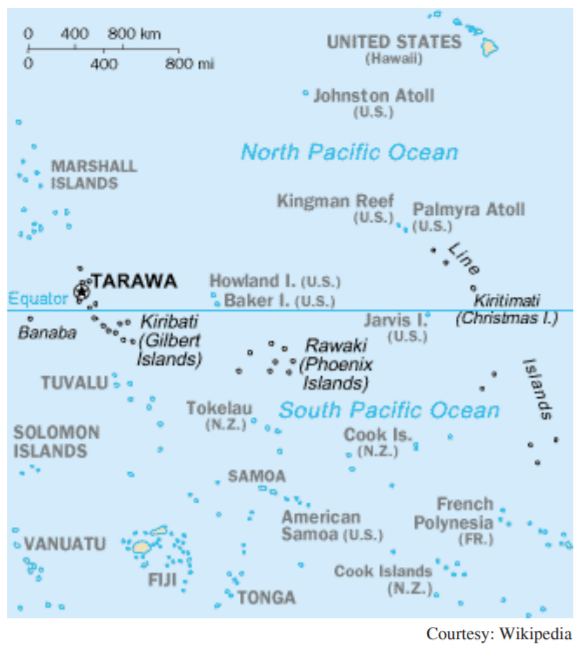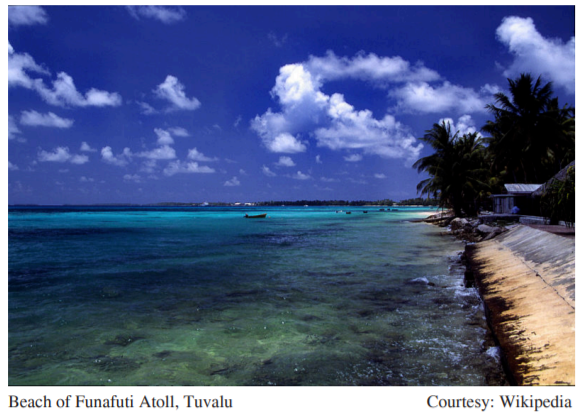International Law and Disappearing States – Maritime Zones and the Criteria for Statehood
Rosemary Rayfuse*
Law School, University of New South Wales, Sydney, Australia
*Corresponding author: r.rayfuse@unsw.edu.au
EPL, Vol.41, Iss.6, pp.281-287, 2011


